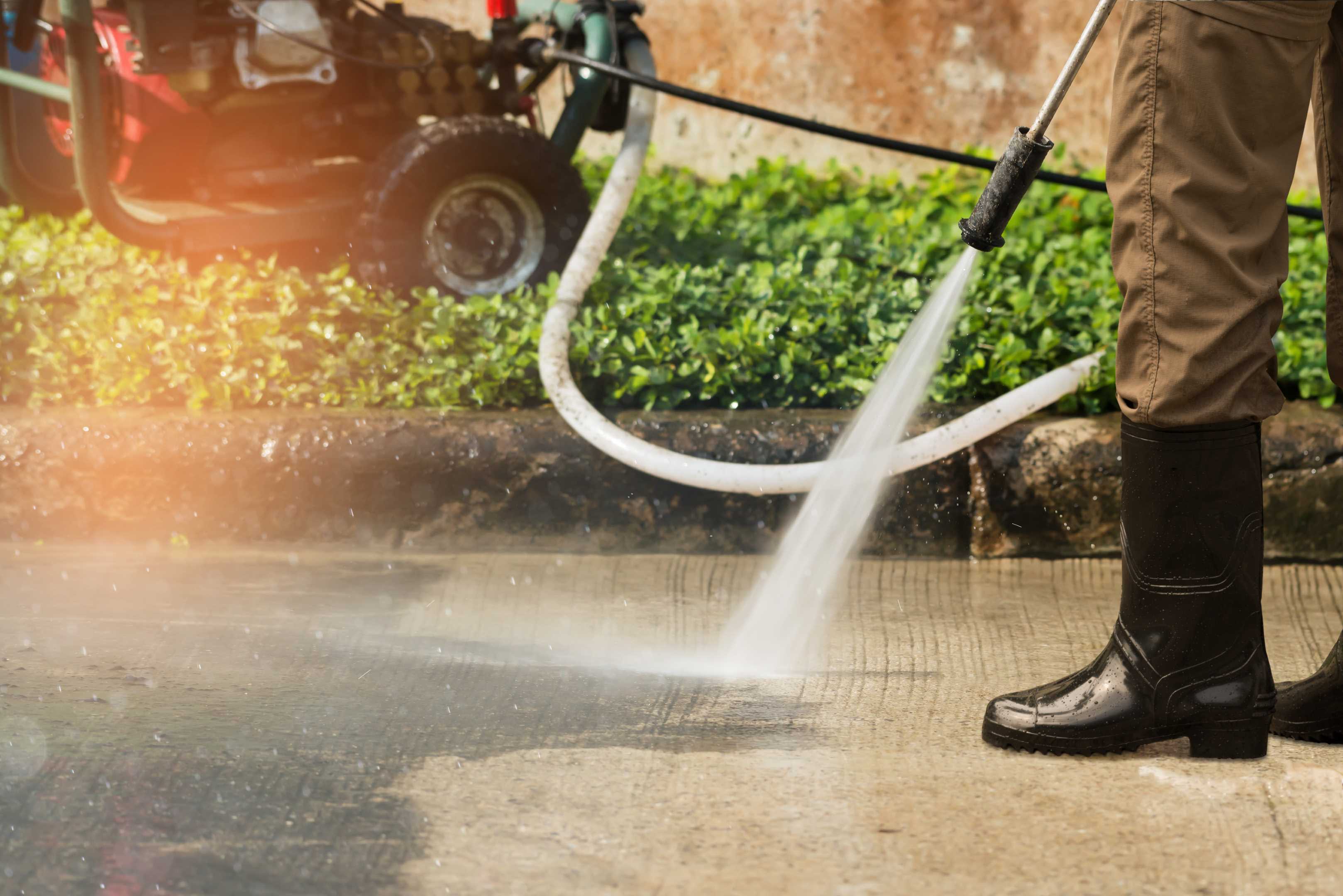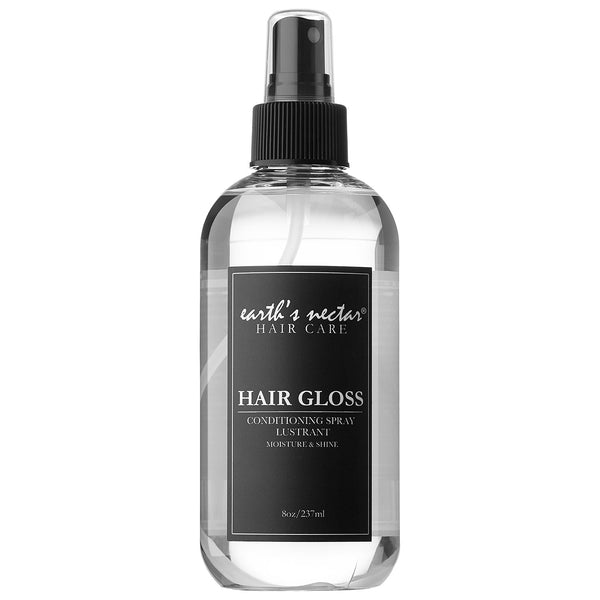Table Of Content

When power washing vinyl siding or other rugged, unpainted materials like brick, stone, and steel, it’s recommended to use a machine rated for 2,500 to 3,000 psi. Pressure washing fiber cement siding is not recommended and may void the siding’s warranty. If you opt to pressure wash this kind of siding, be sure to use less than 1,500 psi—and a wide nozzle. Keep in mind there are some areas you'll want to avoid when power washing your house. "Regardless of the type of exterior you're cleaning, avoid getting detergent or water behind the outer surface," Macfarlane explains.
Q. Can you pressure wash stucco?
With the right equipment, pressure washing can be a satisfying and productive experience. Pressure washing a home is risky if you do not follow the proper safety measures, and can be quite demanding physically. If your home is taller than one story and you’re not up for standing on a scaffolding, you might consider hiring a pro for the job. For single-story homes, however, the steps below will guide you through how to pressure wash a house—and boost your curb appeal. When cleaning the exterior of a house, avoid getting detergent or water behind the outer surface. Here's more information on exterior cleaning with pressure washers based on the type of home exterior.
When to Consider Professional Pressure Washing Services

More delicate types of stucco, such as bottle-dash and rock-dash stucco, should not be pressure washed. To avoid damage, use the right pressure setting for your home’s material. Stay at a safe distance from the surface, and never use a zero-degree nozzle on siding. Now that your pressure washer is all set up, it’s time to get down to the actual washing. Pressure washing your house can be satisfying, especially when you see the dirt wash away, leaving your home looking fresh and clean.
Best pressure washers 2024 for cars, patios and garden furniture - The Independent
Best pressure washers 2024 for cars, patios and garden furniture.
Posted: Tue, 02 Apr 2024 07:00:00 GMT [source]
Equipment / Tools
This guide will teach you how to pressure wash your house safely and efficiently. You can pressure wash most types of stucco, provided you take steps to protect the delicate surface. If your machine offers a lower gallons-per-minute setting, choose that, and set a fairly wide spray radius so pressure on the siding is dispersed.
Put on Safety Gear
Whether you’re repainting or just enjoying the renewed look of your home, these actions help maintain its beauty and value. Painting on a damp surface can lead to peeling and bubbling. Ideally, wait for a dry, warm week to ensure all the moisture has evaporated. This patience pays off with a paint job that lasts longer and looks better. In essence, preparing your house for pressure washing is about safeguarding both your property and the environment around it. These pre-treatments will help remove these stubborn spots more effectively during any follow-up pressure washing.
How To: Remove Spray Paint
To remove more set-in stains or mold, or tackle an entire house, go with a gas-fueled type with a PSI of 2,500 to 3,000. For the best results when pressure washing gutters, set your machine for a high-pressure spray pattern. Rinse the surfaces of the gutters with clear water to reduce the spots and streaks caused by water, detergent and grime that splashes from other areas of the house. Remember, pressure washing isn’t just pointing a hose at your house and spraying. It requires the right equipment, technique, and a bit of planning. Whether you choose a gas or electric model, the key is to use the right pressure settings and nozzles for your home’s specific needs.
Finish Up and Let Dry
According to Macfarlane, you shouldn't need to power wash your house more than twice a year—but there is one spot in particular to keep a close eye on. Although paint manufacturers might lead you to believe that the world will end if you don't clean the siding before painting, the reality is not quite that dire. The paint will go on just fine, but by painting dirty siding, you seriously shorten your paint's lifespan. Rather than requiring a new paint job in three or four years, wouldn't you rather paint your house every seven to 10 years? Considering how hard and expensive it is to paint house exteriors, it's a good idea to get it right the first time.
It’s similar to sanding down a piece of furniture before repainting it. Keep the high-pressure spray away from windows and exterior vents. If you hold the nozzle too close or for too long in one spot, you’ll gouge the wood. We’ll have to fill this area with wood putty before repainting.
How To: Clean Wood Siding
Patch chips and cracks in the surface, and let the patches dry for at least a week before pressure washing. To protect the texture when you clean the stucco, hold the spray gun or wand so that the spray hits the stucco at a 45-degree angle. If you notice copper or rust stains, clean them using a soft brush and a rust-removal solution. Rinse off the solution with a garden hose and clear water. There may not be a magic wand to instantly banish years of mildew, soot, dirt, and grime from your home’s exterior, but pressure washing is the next best thing. The process is a terrific way to remove grime on your home’s traditional stucco, aluminum, steel, wood, and brick siding.
Make sure that you have a 3-foot nozzle-to-wall distance, then turn on the pressure washer. If this distance allows you to remove dirt without damage, maintain it. If dirt isn’t coming off, move closer in increments of 4 to 6 inches, stopping each time to gauge the cleaning power and check for damage. Continue to work from the distance that is most effective.
Understanding and following safety guidelines can prevent accidents and ensure a smooth cleaning experience. By following these steps, you can set up your pressure washer effectively, ensuring a smooth and safe cleaning process. If you spot any mold or mildew on your home’s exterior, treat these areas before you start. A simple solution of bleach and water works well on hard, non-porous surfaces.

Depending on the exterior of your house, you may need to use a certain type of pressure washer to match the housing materials to the right water pressure levels. Thoroughly spray a section of a single floor of your home with the mildewcide solution. Starting from the bottom of the section and working your way up, gently but firmly scour the siding with a soft siding brush. How often should you give your home's exterior a deep clean?
Saturate the brick with water using a gentle, low-pressure spray before you apply detergent. This will help keep the detergent from soaking into the brick. Stand away from the surface and work upward with the spray. After you've finished cleaning and the brick has dried, you may see a powdery, white substance known as efflorescence — a residue of salts drawn out of the brick by moisture. If any residue remains, use water and a soft-bristle brush to remove it. From removing mildew on siding to prepping your home for a fresh coat of paint, a pressure washer can help restore your home's curb appeal.
It’s a task that, when done correctly, can bring a sense of pride and satisfaction. Using too high a PSI can harm your home’s exterior, stripping paint or damaging siding. If you’re unsure, it’s always safer to start lower and increase the pressure gradually.
Following the steps carefully will ensure that your house is dirt and mildew free when you’ve finished the chore. Be sure you assemble all necessary materials before you start; take the time to protect plants, doorways, and windows; scrub the siding; and then start pressure washing. If you’re planning to paint, remember to time the washing properly so the siding can dry for a couple of days before you start applying paint or stain.

No comments:
Post a Comment